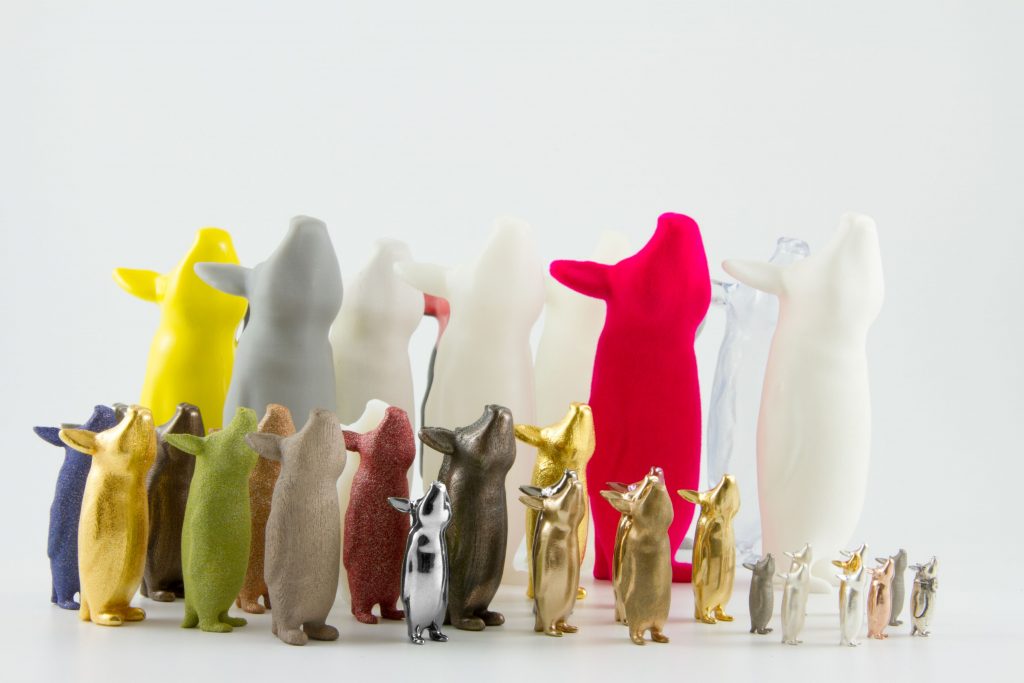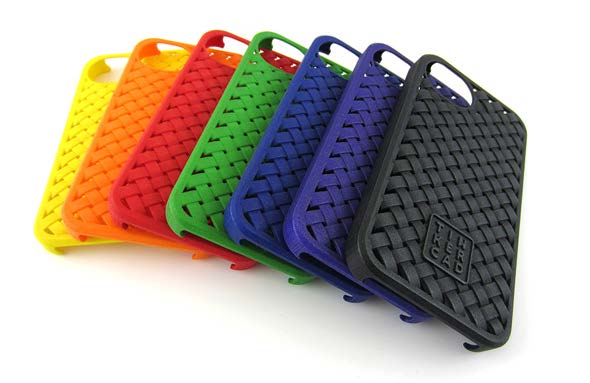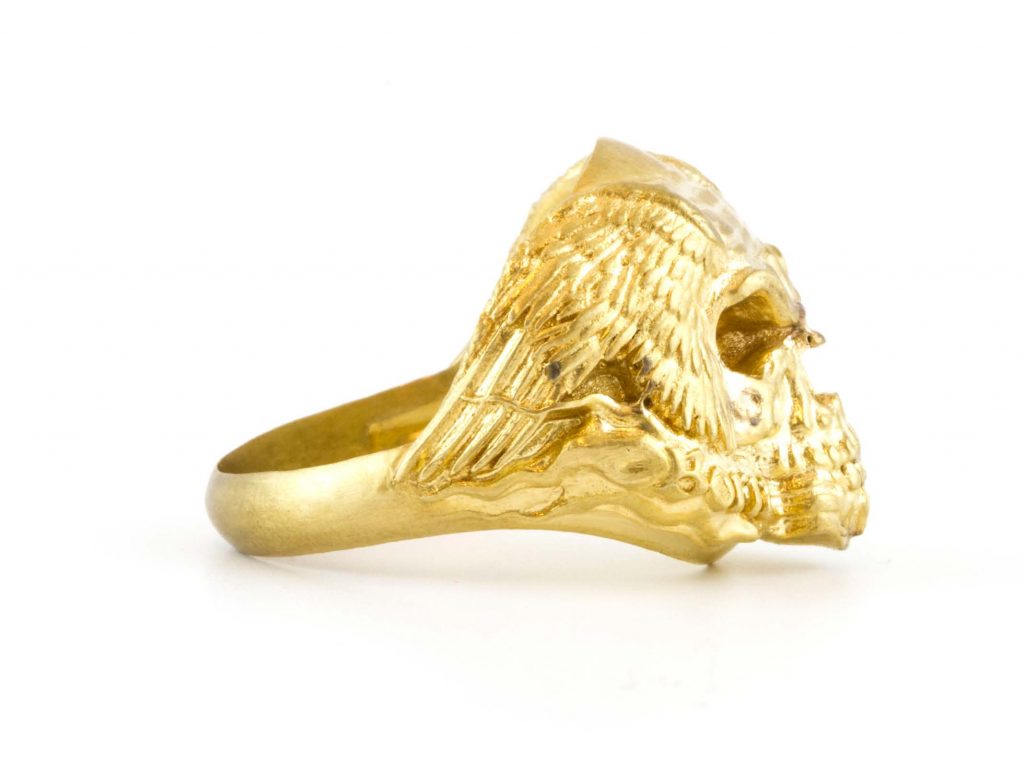
What Materials Should You Use For 3D Printing? The Choice Is Yours.
You’ve got a great idea, you’ve drawn it out, and you’d love to see it come to life through 3D printing. But what material should you choose? With i.materialise, it’s entirely up to you — whether it’s plastic, metal, or resin, you’ve got plenty of options, and we’re here to walk you through them.
But first… what do you need to know?
The material you choose will impact more than how your model looks and feels — it’ll even decide which 3D printing technology is used to make it! But, what matters most is that you get to see just how many options you really have — by discovering all the possibilities, you’ll be able to create a design that truly makes you happy and best suits your needs.
3D printing in Polyamide
When you’re looking to create a model from plastic, Polyamide is the most popular choice. When used for Laser Sintering, it is strong, flexible, and can create moving or interlocking parts. Though naturally white, Polyamide can be easily dyed to bring a burst of color to your design or mixed with Aluminum to create a beautiful sparkling material called Alumide.
Polyamide can also be used when printing through Multi Jet Fusion, which will result in a very fine grain, meaning it works equally well for fully functional prototypes or end-use parts. Need your object to be a little more flexible? Then Rubber-like (MJF) might be the perfect choice for you.
3D printing in resin
Resin is another popular choice in the 3D printing world. Through Stereolithography, a liquid photopolymer is cured with UV light to create a model with a very smooth surface. Depending on your needs, this can be painted or transparent and up to two meters long! If fine details are a must-have, High-Detail Resin is an obvious choice, while Gray and Standard Resin are a favorite of those who prefer a more affordable option.
3D printing in Multicolor+
Models created using Multicolor+ are made with a Polyjet printer to produce strong, full-color parts that are equally as good as injection molded parts. 3D printed Multicolor+ has a layered buildup. It is typically used for non-functional models such as figurines, avatars, memes, or architectural models.
3D printing in metal
Strength, cost, and appearance are great things to consider if you’d like to create a model using metal. Titanium and Aluminum are the strongest materials we offer and give your design a matte finish. However, they can be pricey, so if cost is important, Steel may be a better option — it can be printed in several colors and polished to a gorgeous shine, as well. Similar to printing with resin, there’s an option available for those models which require a high level of detail — HD Stainless Steel is the go-to there.
3D printing in precious metals
3D printing isn’t only an option for those creating models, parts, or prototypes. The availability of precious metals makes it increasingly popular among jewelers, too, though the technique differs from the typical technologies mentioned above. Models made from Silver, Gold, Brass, and Bronze are created using Lost-Wax Printing and Casting. It begins with a 3D printed wax model, which is then covered in plaster to build a mold. This mold is filled with molten metal, which cools to form the item you’re making.
Copper is particularly popular among 3D printing enthusiasts, while Gold is available in 14k or 18k and in tones of red, yellow, or white. Printing in Silver provides a range of different options, too, thanks to an array of five unique finishes, such as gloss or antique, while Brass and Bronze can both be PU coated and polished.
The choice is yours!
So, there you have it! A wide range of materials to meet the needs of all models, great and small. If you’re still on the hunt for some more advice or inspiration, make sure to check out our official i.materialise forum or design guides. And once you’re ready to get started? You know exactly where to find us.
Recommended Articles
No related posts.







